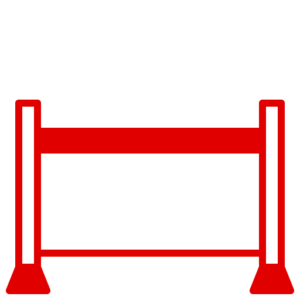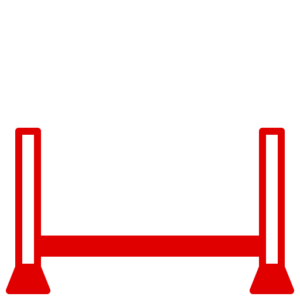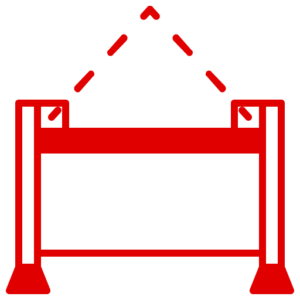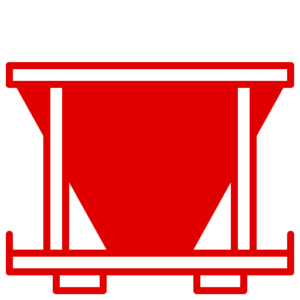News
Enhancing Safety with Personal Protective Equipment: A Guide from Lowe Stillages and Cages
Hello, dear readers! Lowe Stillages and Cages here, dedicated to maintaining and fostering safe work environments. Ensuring the use of appropriate Personal Protective Equipment (PPE) is an essential part of our safety standards when working with stillages. In alignment with the Provision and Use of Work Equipment Regulations (PUWER), we are here to walk you through the steps of incorporating PPE into your stillage operations.
Performing a PPE Assessment
The first step towards safeguarding your workspace is to conduct a thorough PPE assessment. Identify the potential hazards associated with stillages, such as falling objects, sharp edges, or manual handling risks. Recognizing these hazards helps determine the necessary PPE to protect against them.
Deciding on the Required PPE
With a thorough understanding of potential hazards, you can determine the specific types of PPE required. This could include safety gloves, shoes, protective eyewear, high-visibility clothing, or head protection like helmets or hard hats. This step ensures every potential risk is adequately accounted for.
Selection of Suitable PPE
Ensure that the chosen PPE is not only suitable for the identified hazards but also adheres to all relevant safety standards. Remember to consider factors such as comfort, fit, durability, and compatibility with other equipment or tasks.
Offering PPE Training
Training is paramount to ensure the PPE is used effectively. Equip your employees with knowledge about proper use, fitting, and maintenance of PPE. Make sure they understand the purpose, limitations, and correct methods to wear and remove the equipment.
Establishing PPE Usage Policies
Develop clear and concise policies concerning the use of PPE when working with stillages. Make sure all employees are well-informed about when and where PPE is required and the repercussions of non-compliance.
Implementing PPE Inspection and Maintenance
A regular inspection regimen helps maintain the effectiveness of PPE. Encourage employees to report any problems with their PPE, such as tears, broken straps, or worn-out materials. Prompt replacement of damaged or expired PPE is crucial.
Communication and Visible Signage
Promote a safety culture through appropriate signage and visual reminders in PPE-required areas. Use safety posters or toolbox talks to communicate PPE requirements. This helps maintain a heightened awareness of safety protocols
Encouraging Compliance and Monitoring
Encourage your employees to consistently wear the required PPE when working with stillages. Regular observations, inspections, and feedback help monitor and reinforce compliance. Don’t hesitate to provide constructive feedback or corrective measures when necessary.
Conducting Periodic PPE Review
Regular reviews of PPE requirements ensure they remain up-to-date with any changes in work conditions, equipment, or regulations. Staying informed about new PPE technologies or advancements can also enhance workplace safety.
By diligently following these steps, we can guarantee the appropriate incorporation of PPE when working with stillages, in line with PUWER requirements. It’s our joint responsibility to mitigate risks associated with stillage operations, protect employees from potential hazards, and cultivate a safer working environment. Remember, at Lowe Stillages and Cages, your safety is our top priority.














